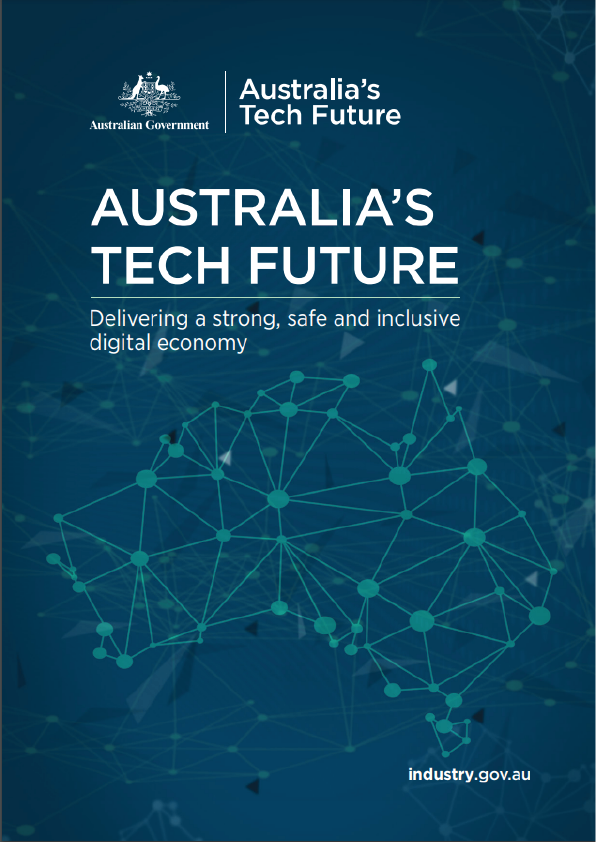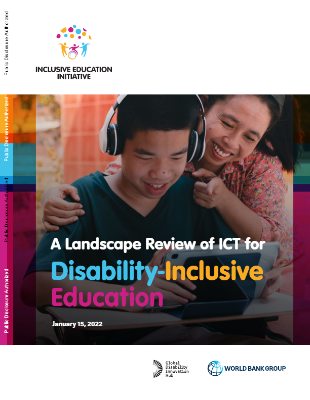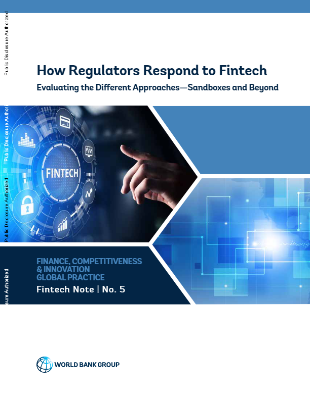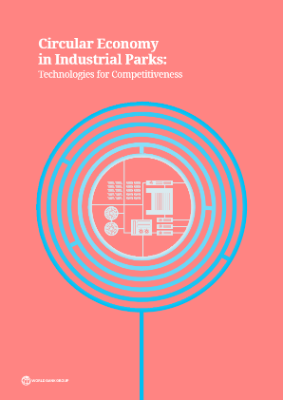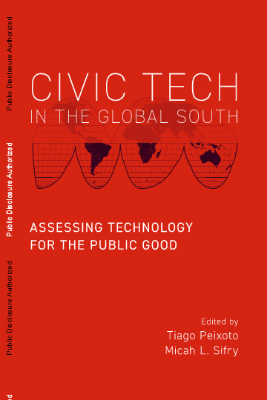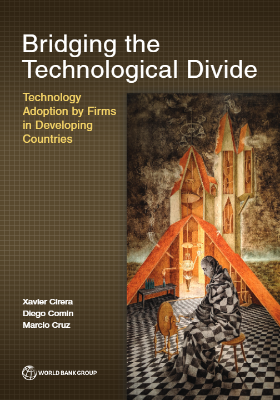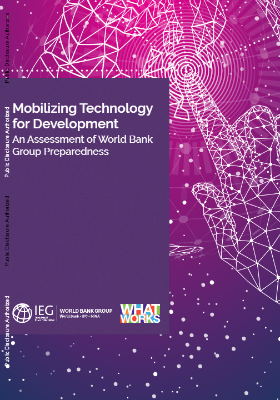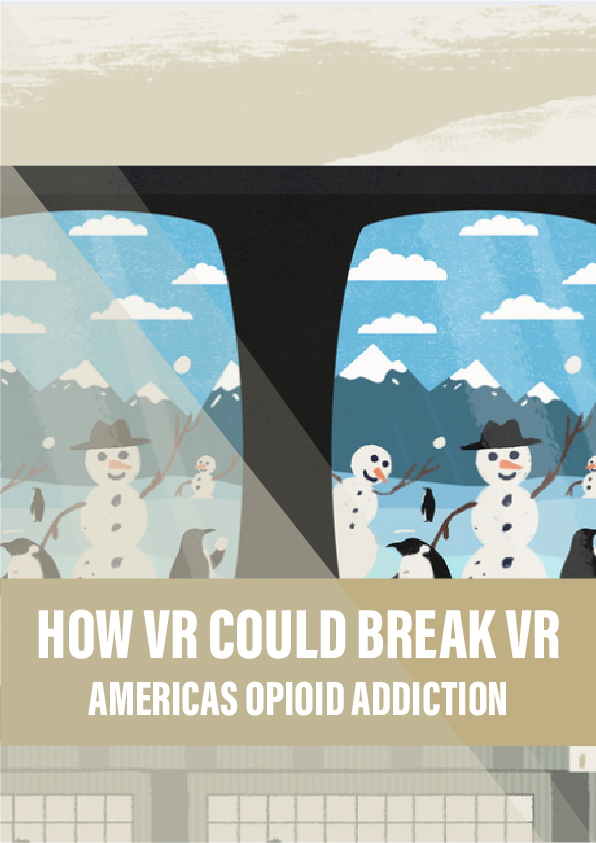Introduction
VISON: That Australians enjoy an enhanced quality of life and share in the opportunities of a growing, globally competitive modern economy, enabled by technology.
Countries around the world are investing heavily to take advantage of the significant economic and social opportunities that a digital economy can bring. Australia’s ongoing economic success depends on our ability to harness technological advances to improve existing businesses, create new products and markets, and enhance daily life. A report by Data61 estimates that improvements to existing industries and growth of new ones could be worth $315 billion to the Australian economy over the next decade. Australia’s Tech Future details how Australia can maximise the opportunities of technological change by focusing on four key areas:
- People: developing Australia’s digital skills and leaving no one behind
- Services: how government can better deliver digital services
- Digital assets: building infrastructure and providing secure access to high‑quality data
- The enabling environment: maintaining our cyber security and reviewing our regulatory systems
Under each of these elements, the agenda sets clear outcomes, identifies opportunities and areas that need further focus, and outlines corresponding Government plans of action. By working together we can ensure Australians can share in the opportunities of a growing, globally competitive modern economy, enabled by technology.
Digital technologies will deliver benefits across the economy and society
The opportunities afforded by digital technologies are not constrained to technology‑based companies and start‑ups – they can add value across all parts of the economy. For businesses, these technologies have the potential to help develop new products, access new markets, work more efficiently and improve the bottom‑line, better target consumer preferences through use of data, and deliver safer working environments.
Agriculture
While agriculture is one of the world’s oldest industries, farmers are some of our best leaders in the uptake of new technologies. Self‑steering, GPS‑guided tractors and other high‑tech farming equipment have already become a normal part of farming in Australia, helping our farmers be more efficient and save on chemicals and other high‑cost inputs. Into the future, the combination of satellite technologies, drones and better use of data will deliver even more support for farmers making decisions on planting, fertilising and watering crops (see Yield Technology case study). Blockchain also holds the potential to transform supply chain management and biosecurity outcomes (see AgriDigital case study).
Manufacturing
Australian manufacturers are using digital technologies to modernise their systems and processes (see Astor Industries case study). From robotics and artificial intelligence to advanced modelling software and 3D printing, technology has become an integral part of doing business. Digital technologies will help Australian manufacturers thrive into the future, as they use 3D printers for rapid prototyping, collaborate with cloud‑based tools on component design and production and implement sensors connected using Internet of Things (IoT) technology to monitor production processes. These technologies help to ensure only the highest quality products leave the factory, while better use of data, including from customers about their experience, will be used to anticipate demand and inform new product development.
Mining
The resources and mining sector is undergoing an intense period of change as mining companies embrace digital technologies to drive productivity and improve safety. It is already commonplace to see driverless trains and trucks moving large volumes of iron ore around the clock in mines across Western Australia. Looking ahead, emerging technologies will become further embedded in mine operations. Technology such as 3D printing can be used to quickly deliver critical spare parts in remote locations reducing delays in production. Drones and sensors will be used to collect real time data, particularly in dangerous or inaccessible locations, and this will be used to support better planning and management of mining operations which will reduce the cost of extraction and improve the safety of mine workers.
Tourism
Australia is now a top 10 global destination and digital technologies are increasingly used by both travel operators and consumers at all stages of the travel experience. Tourist operators have invested in cutting edge virtual reality and 360 degree mobile technologies‑ there is nothing like a life‑like experience of snorkelling the Great Barrier Reef to attract tourists to our shores. Consumers are increasingly planning and booking travel online and then rating their experiences. In the near future, greater use of data combined with machine learning will enable travel companies to predict when and where travellers may want to travel allowing them to better target travel experiences and to generate personalised offers for the travelling public.
Services
The services sector makes up a large part of the Australian economy, employing four out of five Australians. Advances in technology such as artificial intelligence, data, analytics, machine learning and robotics are driving competitiveness and productivity. Digital commerce continues to grow in use and popularity, technology is enabling frontline engagement with customers in stores and businesses are realising increased sales through online sales and creating digitally connected stores. In financial services credit card companies are using data to detect fraudulent transactions, and insurance companies are using data to set fairer and more accurate policy premiums. For the Australian community, digital technologies are improving health and education outcomes and, making services, particularly government services more accessible. Advances in technology are also improving how we manage emergency situations and making our cities more liveable including through better transport.
Health
The opportunities to use digital technologies to improve health outcomes are continually expanding (see case studies on Helimods and iOrthotics). Hospitals are using software developed by CSIRO to better manage patient flows and reduce waiting times and some remote communities are gaining increased access to specialised services via digital channels. Healthcare professionals are using robotics to improve surgery outcomes, radiographers are using computers that are trained to recognise patterns in images to identify irregularities in scans. But consumers are also being empowered to better manage their own health. As well as accessing health information online, devices that monitor blood pressure and heart rate are saving lives and those that track activity and diet are also improving health and wellbeing. In the future, our ability to tailor healthcare solutions to individual needs will see further improvements in health outcomes. Increased use of sensors will enable greater use of devices that can monitor the health of older Australians within their homes, notifying medical authorities if required. This will increase independence and quality of life while providing peace of mind.
Read through this book from the above the learn more about this topic!
